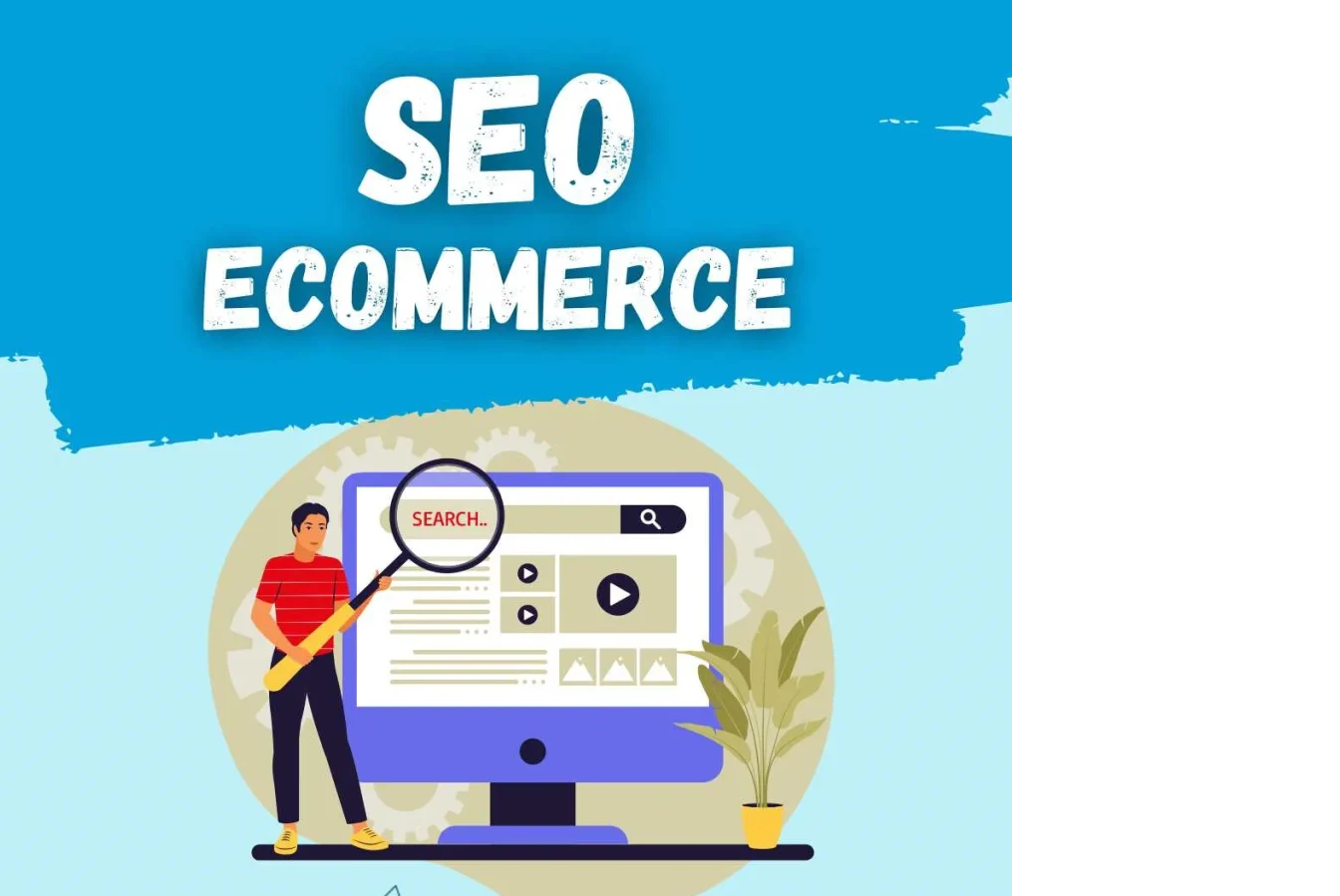In the competitive world of e-commerce, standing out in search engine results can make all the difference between success and obscurity. Whether you’re just starting or looking to improve your existing store, optimizing your e-commerce website for search engines is crucial for attracting organic traffic, increasing conversions, and ultimately growing your business.
In this guide, we’ll explore key strategies to boost your e-commerce site’s visibility with SEO best practices. From product page optimization to site structure and beyond, these actionable tips will help you enhance your website’s ranking and drive more customers to your store.
1. Optimize Product Pages for SEO
The heart of any e-commerce website is its product pages. These pages need to be optimized not only to convert visitors into buyers but also to rank well in search engines.
Here are a few ways to optimize your product pages:
- Title Tags and Meta Descriptions: The title tag and meta description are two of the most important SEO elements for each product page. Include the product name and a relevant keyword. Make sure the meta description provides a compelling reason for users to click through to your page.
Example:- Title: “Premium Leather Wallet for Men – Handmade & Stylish | Your Store Name”
- Meta Description: “Shop our premium leather wallets for men. Perfect for everyday use, durable, and available in a variety of styles. Free shipping on orders over $50.”
- Keyword Optimization: Perform thorough keyword research to identify the search terms potential customers are using. Include these keywords naturally in your product titles, descriptions, and image alt texts. Avoid keyword stuffing, but make sure you’re targeting relevant search queries.
- High-Quality Product Descriptions: Write unique, informative product descriptions that provide value to both users and search engines. Highlight the benefits and features of each product, including size, color, material, and any special attributes. Avoid using manufacturer-provided descriptions, as they may be duplicated across other websites.
- Structured Data (Schema Markup): Implement schema markup to help search engines understand the specifics of your product pages. This can improve your chances of appearing in rich snippets, which display additional information like pricing, availability, and customer reviews directly in search results.
2. Improve Your Site’s Navigation and Structure
Search engines value websites that are easy to navigate and have a clear, logical structure. For e-commerce stores, this means making sure your site is organized in a way that helps both users and search engines easily find products.
- Categories and Subcategories: Organize your products into categories and subcategories based on type, style, or purpose. This not only helps users browse efficiently but also helps search engines understand the hierarchy of your content. For example, a clothing store might categorize products by “Men’s Apparel” and then further subdivide into “Shirts,” “Pants,” “Jackets,” etc.
- Breadcrumb Navigation: Implement breadcrumb navigation to show users their location on your website and allow them to easily backtrack. Breadcrumbs also provide search engines with additional context about your site structure.
- URL Structure: Use clean, descriptive URLs that are easy to read and contain relevant keywords. Avoid using long strings of numbers or random characters. A URL like “yourstore.com/men-wallets/black-leather-wallet” is much better for SEO than “yourstore.com/product/12345.”
3. Boost Site Speed for Better UX and SEO
Website speed is a ranking factor in Google’s algorithm and is critical for providing a good user experience. Slow-loading pages not only frustrate users but can also negatively impact your search engine rankings.
- Optimize Images: Large image files can slow down your site. Compress product images without sacrificing quality. Consider using next-gen formats like WebP for faster load times.
- Leverage Caching and Minify Code: Use browser caching and minify HTML, CSS, and JavaScript files to reduce page load times.
- Mobile Optimization: Ensure that your e-commerce site is fully optimized for mobile devices. With mobile-first indexing becoming the standard, having a responsive design is essential to your SEO strategy. Google prioritizes mobile-friendly sites in search rankings.
4. Utilize User Reviews and Social Proof
User-generated content, such as reviews and ratings, can significantly enhance your SEO strategy. Reviews not only improve the credibility and trustworthiness of your store but also add fresh, relevant content to your product pages.
- Encourage Customer Reviews: Reach out to customers after they’ve made a purchase and encourage them to leave a review. Consider offering small incentives like discounts for future purchases in exchange for feedback.
- Display Reviews Prominently: Ensure that reviews are easy to find on your product pages and feature ratings, detailed comments, and even customer photos. This can help with SEO by providing additional content that’s rich with keywords and related search terms.
- Leverage Social Proof: In addition to reviews, consider adding user-generated content like customer photos, unboxing videos, or testimonials. This type of content is valuable for both search engines and potential buyers.
5. Build a Strong Backlink Profile
Backlinks (or inbound links) remain one of the most powerful ranking factors for SEO. When authoritative websites link to your e-commerce store, search engines view your site as more credible, which can improve your rankings.
- Guest Blogging and Content Marketing: Write valuable content related to your products and pitch it to reputable blogs or media outlets in your industry. Include backlinks to your product pages to increase your site’s authority.
- Collaborations and Influencer Partnerships: Work with influencers or industry experts to create content that links back to your site. Influencers can also help generate organic social shares and brand mentions, which indirectly benefit SEO.
- Press Releases and Media Coverage: Whenever you launch a new product, service, or promotion, create a press release and distribute it to relevant publications in your industry. This can generate backlinks from high-authority news sites.
6. Leverage Internal Linking to Spread Link Equity
Internal links are an often-overlooked SEO tactic. By strategically linking to related product pages, blog posts, and category pages within your website, you can distribute link equity and help search engines understand the relationships between different pieces of content.
- Link to Related Products: On each product page, link to similar or complementary products. This not only improves your site’s SEO but also increases the chances of cross-selling and upselling.
- Blog Posts and Content Marketing: Create blog posts related to your products and link to relevant product pages within the content. This helps search engines discover your product pages and enhances the overall relevance of your website.
7. Focus on Quality Content for SEO and Engagement
Creating high-quality content can help your e-commerce store rank for a wide range of keywords and attract organic traffic. Consider creating:
- Product Guides: Detailed buying guides that help customers make informed decisions.
- How-to Articles: Tutorials or tips on using your products.
- Customer Stories: Feature customer testimonials or case studies that highlight the value of your products.
Conclusion
E-commerce SEO is a powerful tool to help your online store grow and attract organic traffic. By optimizing your product pages, improving your site’s navigation, boosting site speed, leveraging reviews, building backlinks, and creating quality content, you can enhance your site’s visibility in search results. Start implementing these strategies today to increase your chances of ranking higher, driving more traffic, and converting visitors into loyal customers.

